When I was learning to play golf early in my career, I tried to hit the ball with similar shots in different situations. This prevented me from improving my game and scoring well, resulting in frequent penalties.
Gradually, I watched my fellow players play different kinds of shots and imitated that, which helped me learn to play a variety of shots.
When I incorporated them into my game, my gaming excellence increased thrice. Thus, I realized that learning to play different kinds of shots is essential for a beginner to grow in the game.
So, in this article, I have listed eight different types of golf shots that every beginner should know to fulfil different purposes in the game.
Key Takeaways
- The Drive Shot is all about hitting the ball as far as possible, but it might not always be the most accurate shot.
- Approach shots help you get the ball closer to the green and are usually played from the fairway or rough.
- Chip shots are low-trajectory shots used when you’re near the green and want to avoid those pesky hazards.
- Putt shots are used during the final part of the game when you want to roll the ball into the hole.
Types of Golf Shots
There are different types of golf shots played depending on the situation of the ball, the player’s technique, and the purpose. The following are some of the common shots played in golf:
1. Drive
When you play a long-distance shot from the tee, it is known as a Drive. Apart from the tee, the drive can also be taken from the fairway when required.
It can help you increase the ball’s distance on par 4 or 5. The drive is the longest shot you can make regarding the distance covered.
However, you can face a problem with the accuracy of the drive shot because it has a higher chance of slicing and hooking.
The goal of this kind of shot is to strike the golf ball to the farthest distance possible. If you are a beginner, you can drive the ball up to 200 – 260 yards. But expert golfers can make the shot up to 300 yards.
Clubs used to play a Drive Shot:
- Driver
- 3-wood
- 5-wood
2. Approach
Your ball doesn’t need to always go from tee to the hole. You can also make a regular shot that doesn’t go in the green, then play another one to put into the hole. This shot is known as an approach.
It is used to hit the ball into a par 4 or par 5. You must make a full swing with the club to make the ball reach the green.
The approach is often played from the fairway or rough towards the hole. Also, the distance and difficulty level of the shot depends on the position of the ball.
For instance, if the ball is in a tricky situation near an obstacle and far away from the green, it can be challenging to make a perfect hit.
Similarly, if the ball is near the green and not close to any obstacle, then it will be a comparatively easy shot. The purpose is to take the ball near the green precisely.
Clubs used to play an Approach Shot:
- Fairway woods
- Hybrids
- Long irons
- Mid irons
- Short irons
3. Chip
We usually use a full swing to take a perfect shot. But, when you make a short shot without a full swing, it is called a chip. Since there is no full swing, the ball covers a shorter distance, unlike the drive.
The purpose of this shot is to make the ball avoid any potential hazards or stay away from man-made threats.

It is a low-trajectory shot used when the golf ball is near the green but above it. So, your end goal is to take the ball closer to the hole.
For this shot, you must step slightly backwards from the ball and place your hands ahead. This body posture will help prevent the club from digging into the ground. Moreover, it requires minimum wrist action.
Clubs used to play a Chip Shot:
- Sand Wedge
- Lob Wedge
4. Lay Up
When your ball reaches an obstacle or hazard, it becomes challenging to make a safe shot toward the green. In such situations, you may invite penalties.
It is easier to play a layup shot because you only need to apply a little pressure to position the ball in your preferred place.
To avoid these problems, you can opt for a layup shot to help you keep the ball in an ideal position for subsequent attempts. Furthermore, it will keep the ball safe and easy for others to play.
For example, If your ball lands near the water or boundary wall, you can play a lay-up, removing it from the obstacle. Consequently, you can take a subsequent shot toward the green and keep your ball safe.
The clubs that you must use to hit the ball depend on the obstacle that you want to overcome.
Clubs used to play a Lay Up Shot:
- Mid Irons
- Shot Irons
- Wedges
5. Putt
Putt often comes into play during the final part of the game when you need to put the golf ball in the hole. It is a short distance where you want to roll the ball on the ground. For this shot, it is essential to follow the line to the hole and slope to make correct aims.
It is not an easy shot because you must use absolute power to make a hit to ensure it reaches the hole. It will either make you win the level or lose it, which makes it a risky one.
For this shot, you must keep your feet shoulder-width apart and parallel to the target line. Maintaining a relaxed posture with smooth motion when playing a putt.
Club used to play a Putter Shot:
- Putter
6. Punch
Punch is shot to avoid tree canopies or other obstacles. Additionally, it is helpful to hit the balls during strong winds to prevent them from being carried farther by the force of the winds.
To play a punch shot, you need to make some changes in the shot, swing, and keep the ball near your back foot. In addition, keep a firm grip on the club without putting excessive tension on the wrist.
This shot lowers the ball’s flight and decreases the spin to give you better control over the ball in adverse weather. Further, it increases the chances of keeping the ball on target, reducing extraneous impacts.
However, it is difficult for a beginner to make a punch shot. It requires practice and mastery to make this accurate shot.
Clubs used to play a Punch Shot:
- Long irons
- Mid irons
- Short irons
7. Flop
In contrast to the Punch shot, you can use a flop when you purposely want to take the ball over the objects with force. It takes a high-arched trajectory more than the distance it travels.
Usually, a flop shot is used when you want to stop the ball as soon as it hits the ground. A backspin is used to stop such types of shots.
Clubs used to play a Flop Shot:
- Wedges
- Short Irons
8. Pitch Shot
When you want to hit the ball with a moderate distance and medium trajectory, it is known as a pitch shot. In this shot, the ball flies a greater distance than it covers by rolling, bringing it closer to the pin.
For the pitch shot, you need to keep the ball in the centre and slightly forward. Also, your body weight should be slightly more towards the front foot. It helps to make a downward strike.
Further, you need a comfortable grip with increased club control to make an accurate swing. However, you can also use the regular grip with certain adjustments.
They are versatile shots that can cover a distance of around 30 to 100 yards.
Clubs used to play a Pitch Shot:
- Pitching wedge
- Sand Wedge
9. Hook
A hook is a shot that curves from right to left in the case of right-handed persons, (from left to right in the case of left-handed individuals).
It is the reverse of a slice and can go even farther because of the topspin. Some players use controlled hooks deliberately, but it is a poor shot that causes inaccuracy for others.
Hooks are usually a result of a closed clubface at impact or an in-to-out swing plane. It can be especially difficult off the tee, which can cause your ball to end up in even worse positions.
In most cases, a corrective action to a hook requires a change in the grip, set-up, and swing plane. Like slices, many golfers practice eliminating their hook to achieve higher accuracy.
10. Draw
A draw is a controlled shot that softly moves right to left for right-handed players or left to right for left-handed players. Some players see it as the perfect flight for a ball, and it is often recommended.
A draw can assist in extending the shots’ length and controlling the hole’s shape. The golfer’s stance with the club face is slightly closed at impact to achieve a draw and makes an in-to-out swinging motion.
A consistent draw can take time to be perfect, but it is a great asset when you are on the green. It’s especially helpful for framing shots based on objects or retrieving challenging pin positions. Indeed, many of the pros prefer a draw for its dual advantage of distance and control.
11. Fade
A fade is a delicate swing that directs the ball from left to right for right-handed players (and right to left for left-handed players). It is not a draw and some players prefer it due to its high percentage and control.
Golfers use an open club face and hit from outside to inside to achieve the fade. Overall, fades are less distance-oriented than draws. However, they come with a bonus of better accuracy and a softer landing.
Fades can be especially effective when playing to greens because the ball slows down more than usual. Some tees are strategically made to force players to use a fade hence, this is an important shot.
Apart from these, there are other shots such as Bunker Shot, Stinger, and Top Shot.
Related Terms
1. Fore
The term ‘Fore’ is a word that is used in golf to warn the other players that the ball is approaching their area. This term is very important, specifically for the course’s safety.
If a golfer believes a shot may strike another person, they must shout ‘Fore!’ at the top of their voice.
Its history is uncertain, but one theory states that it was derived from the military term ‘beware before,’ which was used by artillerymen before firing a shot.
Golf has the same function – to protect from injuries and let others get behind.
2. Mulligan
A Mulligan is an informal opportunity that enables the golfer to take the shot again without any consequences. It is replaying a shot, often from the initial tee box.
Mulligans are not legitimate in professional tournaments but can be played in casual games and are useful to reduce stress for novices.
The term has its roots in question, and one myth connects it to a Canadian golfer, David Mulligan.
A Mulligan can help players get a new good tee shot, which can be a morale booster, especially for the remaining shots in that round.
3. Slice
A slice is another shot that involves the ball bending from the left to the right for a right-hander or from right to left for a left-hander. It is usually a free shot and can cause an accuracy issue.
Slices occur when the club face is open at the moment of impact or when the swing path is out to in. Some players employ a controlled slice sometimes, but for most golfers, it is an unwanted shot that reduces distance and precision.
A common solution to a slice will likely take corrective measures on the grip, stance, or swing. Most golfers invest much time and energy into eradicating their slice to enhance their play.
4. Backswing
The backswing is the first phase of the golf swing, where the club is swung behind the ball. It is vital in creating power and ensuring that the correct backswing is made to achieve the correct downswing.
A good backswing comprises the rotation of the shoulder, hips, and arms while maintaining balance.
5. Banana Ball
Banana ball is a term given to a slice that looks like a banana from left to right for right-handed players.
An open club face mostly causes this unintentional shot shape at the time of impact or an out-to-in-the-swing plane.
The banana balls commonly result in a huge loss of power and precision, and end up far from the intended target.
It is more frequent among players who are just starting and those with a high Handicap index.
6. Bump-and-Run
Bump-and-run is a low-flying shot played on the green and rolls towards the hole. It is usually hit with a low iron, such as a 7-iron or an 8-iron.
It is especially effective in windy situations when the ground is solid and when there is much green to play. It is less risky than the higher-flying pitch shot and gives more control.
7. Duff
A duff is a shot where the clubhead comes to the ground before making contact with the ball. This frequently leads to a low, short shot that hardly gets off the ground.
Duffs can happen with any club but are often associated with the iron and wedge.
8. Grounding The Club
Grounding the club refers to placing the head behind the ball at the address position. It is allowed for most shots but is forbidden when the ball is in a hazard.
It can attract a penalty if the club is grounded in these areas. You must understand the circumstances that allow the club to be grounded.
9. Lie
The lie is the ball’s position on the playing surface in golf. A good lie means that the ball is in a position where it is easily seen, while a bad lie is where it is either in the deep grass or in a bunker.
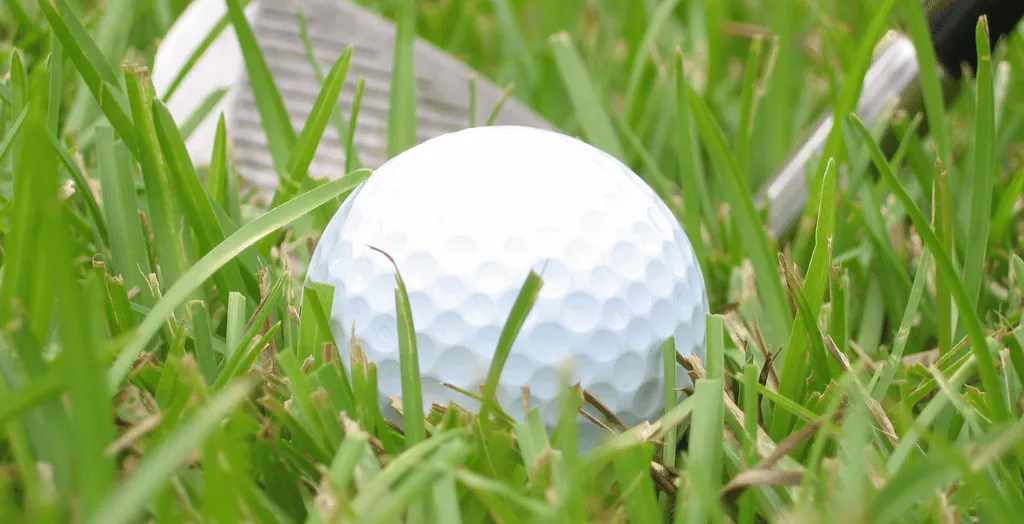
It impacts the choice of shots and the level of difficulty. Evaluating the lie is valuable when deciding what club and how to hit a shot.
10. Loft
The loft is the angle of the clubface to the shaft. Greater lofted clubs like the Wedges, make shots that are higher, but shorter.
Less loft means longer shots with a driver. Knowing the loft also assists in identifying the right club to use during various shots.
Fitted drivers enable players to fine-tune the loft for the appropriate launch angle.
11. Pivot
The pivot is the rotational movement of the body about the spine while making the shot in golfing. It is a rotational movement that takes the shoulders, hips, and torso in the opposite direction to the backswing and in the direction of the target during the downswing.
A good pivot is critical in producing torque, maintaining stability, and developing a proper swing arc. That is an essential part of a good golf swing.
12. Worm Burner
A worm burner is a shot that tends to go very close to the ground and this is usually done accidentally. It derives its name from the notion that it is so low that it could ‘burn the worms’ in the grass.
This type of shot usually develops after striking the top part of the ball or a down stem stroke.
13. Bite
Bite is the tendency of the ball to check or rotate in the opposite direction soon after impact on the putting surface. It is done by placing a backspin on the ball, often done with a sharp downward strike with a grooved club.
It is preferred when the golfer tries to get the ball closer to the hole about difficult pin placement.
14. Tap In
A tap-in is a very short shot, often with a distance of one foot or less to the hole. These putts are considered fairly certain to be made by proficient players.
In casual rounds, opponents usually allow tap-ins to save time in the game. However, each putt must be sunk into the hole during the tournament, irrespective of the distance.
15. Backhander
A backhander is an unfair way of putting in, in which the player strikes the ball with the back of the putter’s head and sometimes takes only one stroke.
It’s rarely used in serious play and is generally seen as a trick shot or a last resort when in an awkward position.
16. Barkie
A barkie is a humorous term when a player makes a par on a hole after the ball strikes the tree. It is usually played in social bets or casually during friendly matches. Barkies indicate how a player can persevere from tough luck or bad shots.
17. Chill Dip (Fat Shot or Chunk Shot)
A chill dip, also known as a fat or chunk shot, hits the ground before the ball, taking too much turf. This leads to a reduced range and precision.
Bad weight transfer is one of the causes of chill dips and other causes include, taking a pivot too far behind the ball or lifting the head during the swing.
18. Dribbler
Dribbler is a shot that barely gets off the ground and moves a very short distance as it is executed. It happens when the golfer accidentally strikes the ball with the club’s sole or gets bad contact.
They are a major irritation for golfers because they rarely move the ball very far and more often leave the player in a tricky situation.
19. Duck Hook (Snap Hook)
A duck hook is an exaggerated hook that begins left of the target and takes an even steeper path to the left for right-handed golfers.
It is usually accidental, arising from a clubface that is shut at the time of impact or exaggerated inward/out swing plane.
Duck hooks usually result in large distance loss and could place the ball in awful places.
20. Rainmaker
A rainmaker is a very high shot with little accuracy, which can be achieved only by chance. The name originates from the high trajectory, as if ‘making rain.’
Rainmakers typically stem from hitting too far under the ball or employing an exceedingly upright stance.
Due to their height, they are less accurate and are very sensitive to any changes in wind direction.
21. Whiff
A whiff is a situation whereby a player completely misses the ball during a strike attempt. In official play, a whiff is considered a stroke, even if there is no ball interaction.
Whiffs are possible with any player, although they are more frequent among inexperienced ones or during critical moments.
22. Yank
A yank is a shot pulled far to the left for the right-handed players and to the right for the left-handed players.
It is commonly observed when the swing path is over the top or when the hands are too early in their release.
Yanks can be difficult off the tee and may place the ball in positions where it becomes next to impossible to manage.
Summing Up
We have reached the end of this article, and now you know about the eight most common shots in golf.
Learning about these different golf shots will bring you closer to understanding and playing the game.
When you practice and master these shots, you can plan your game and learn about using different clubs.
Consequently, you will get better control over your game which will increase your chances of taking the ball closer to the green and putting it in the hole.
FAQs
What is the best shot in golf called?
The best shot in golf is called a “hole-in-one”.
What is the first shot in golf called?
The first shot in golf is called the “tee shot” or “drive.”
What are the four special shots in golf?
The four special shots in golf are Fade, Draw, Bunker shot, and Punch.

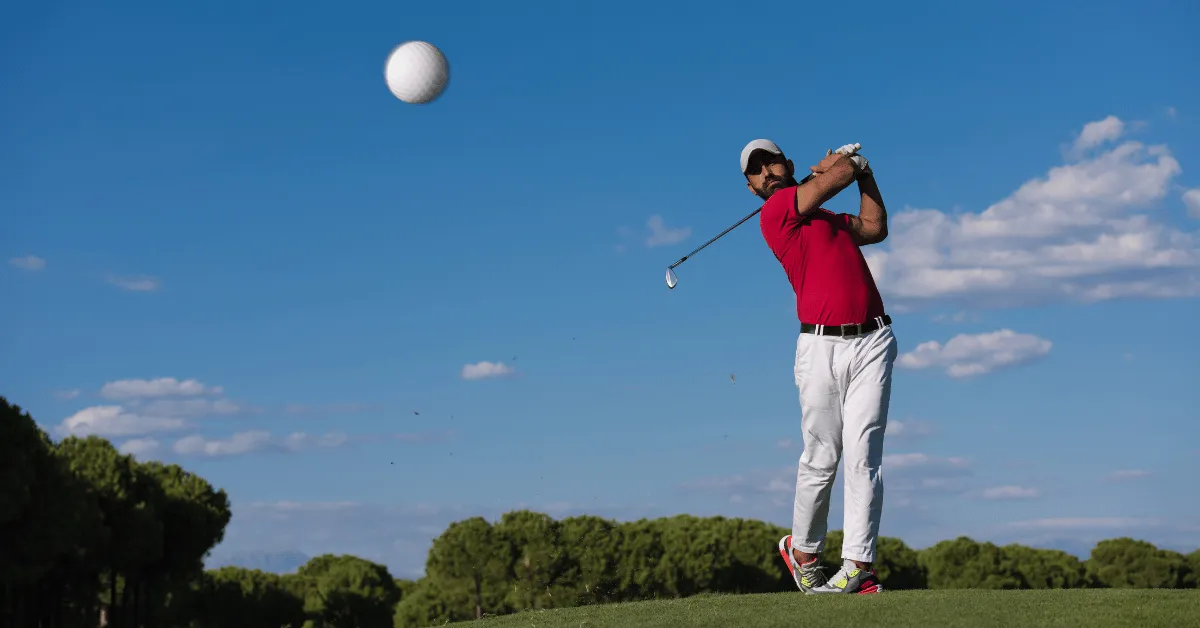
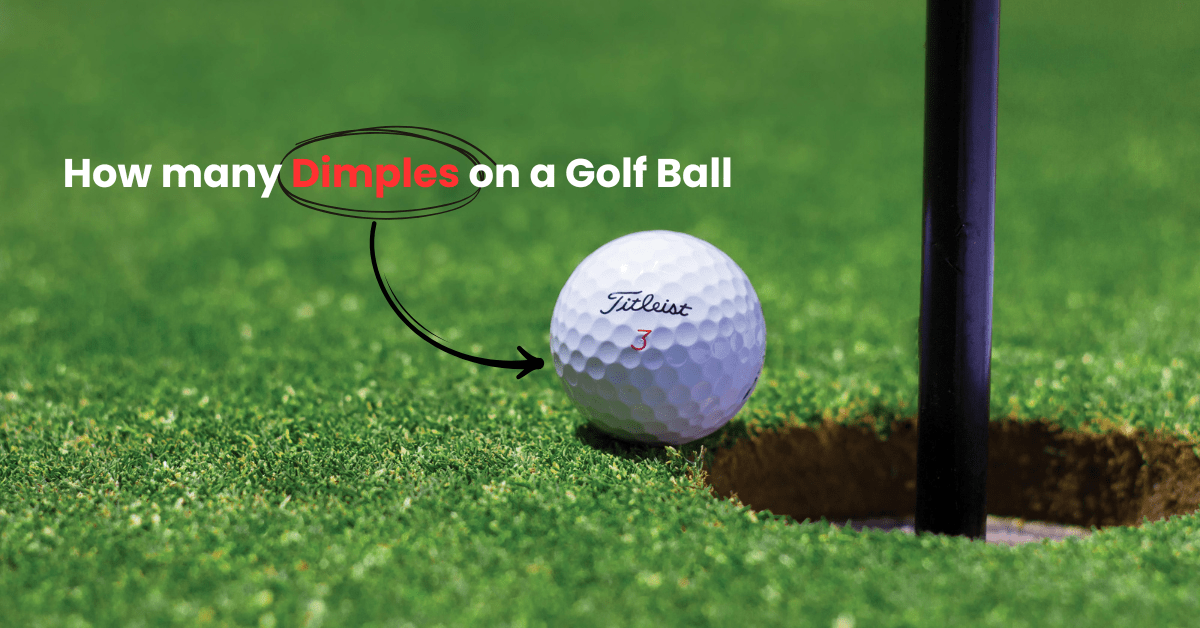
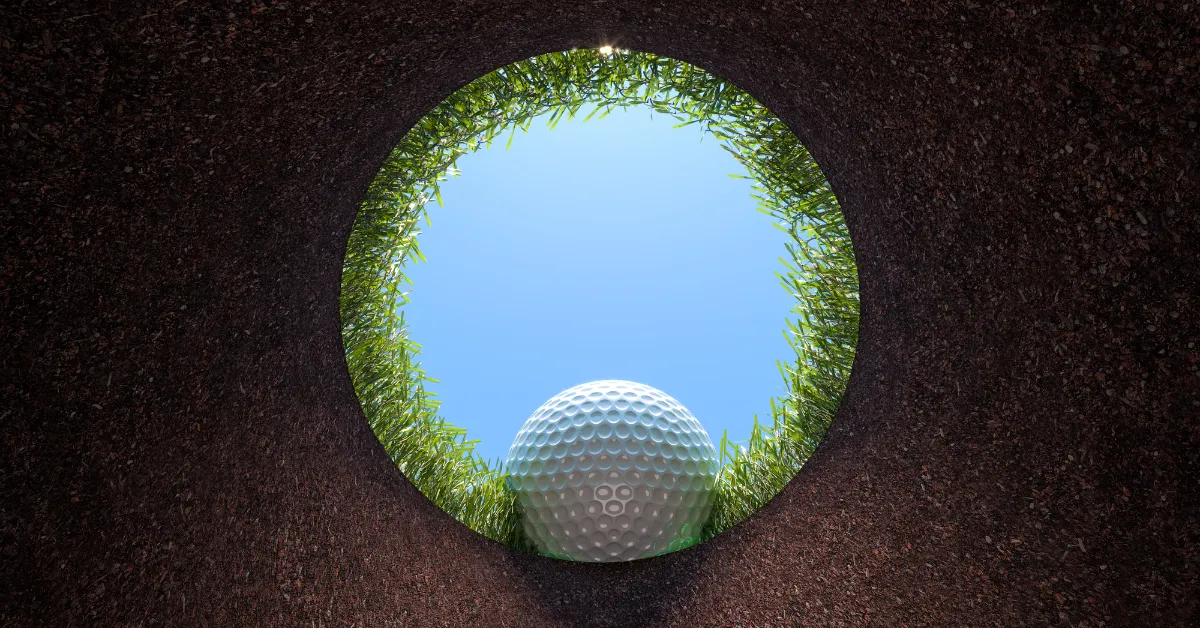
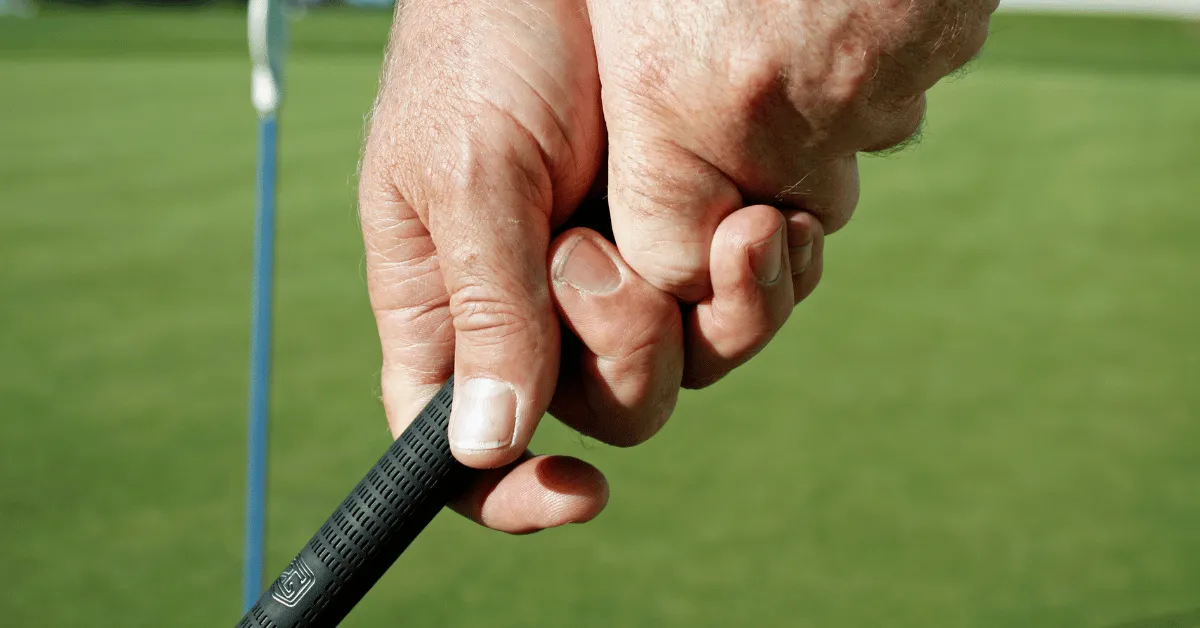
0 Comments